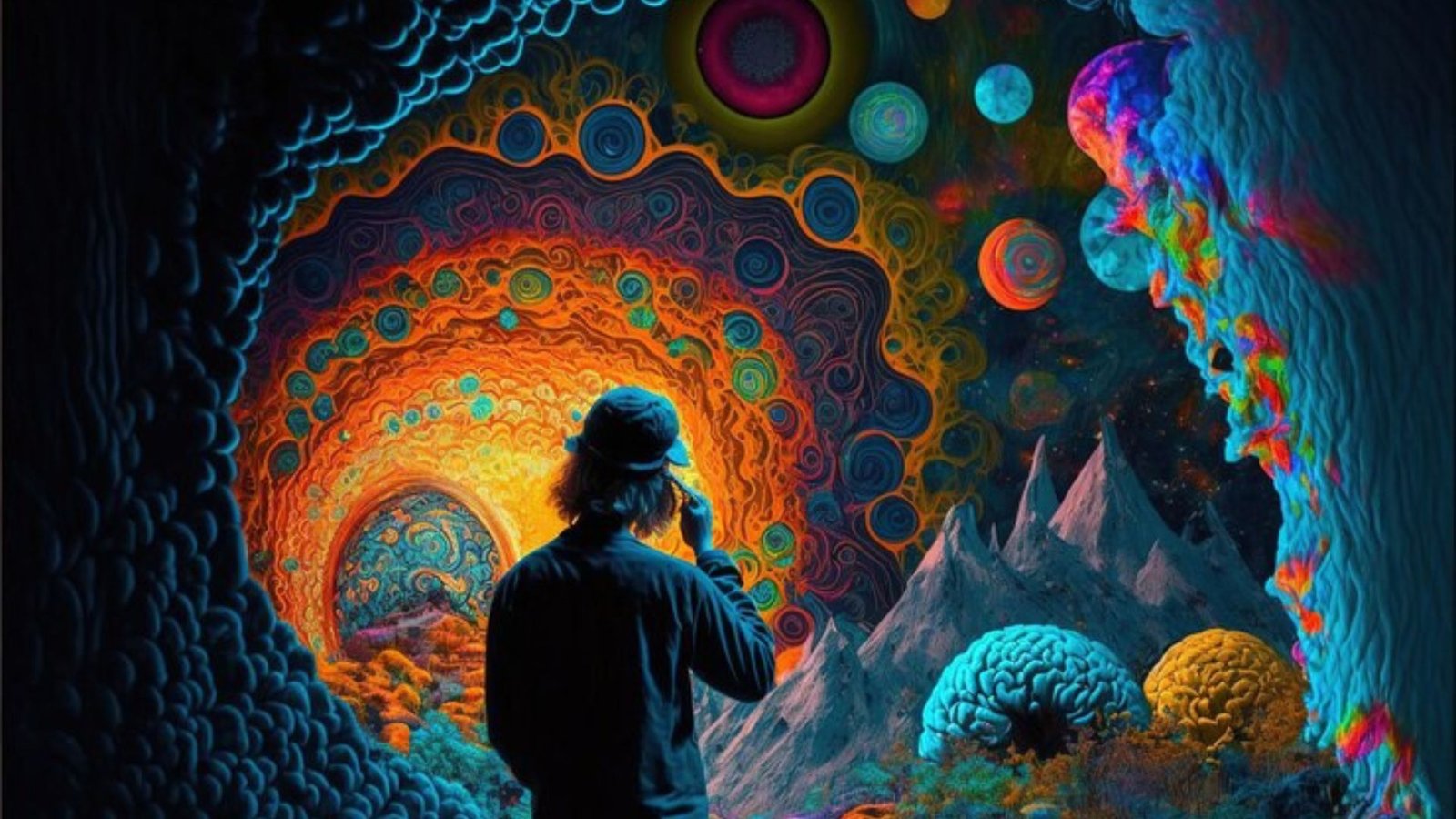Art has always served as a mirror reflecting humanity’s deepest emotions, experiences, and aspirations. Among these, the themes of art and immortality intertwine to create a profound exploration of existence, memory, and legacy. This article delves into the relationship between art and immortality, examining how creativity allows individuals to transcend their mortal limitations and leave an indelible mark on the world.
Understanding Immortality in Art
Defining Immortality
Immortality is often perceived in two distinct ways: biological and metaphysical. Biological immortality refers to the idea of living forever, free from aging and death, while metaphysical immortality is about the enduring legacy one leaves behind. In the context of art, we explore the latter, where the creations of an artist serve as a vessel for their thoughts, feelings, and experiences, allowing them to achieve a form of eternal life through their work.
The Role of Art in Achieving Immortality
Art has the remarkable ability to encapsulate moments in time, preserving them for future generations. Whether through paintings, music, literature, or performance, art immortalizes human experiences, emotions, and cultural narratives. Through the lens of creativity, artists capture the essence of life, allowing their work to resonate across time and space.
The Historical Perspective on Art and Immortality
Ancient Civilizations
From the ancient Egyptians who constructed grand tombs adorned with intricate murals to the Greeks who created timeless sculptures, early civilizations understood the significance of art as a means to achieve immortality. The Egyptians believed that their art could assist the deceased in their journey to the afterlife, ensuring their existence beyond death. Similarly, Greek sculptors aimed to capture the human form’s ideal beauty, creating works that celebrated both the divine and the mortal.
The Renaissance and Beyond
The Renaissance marked a pivotal moment in the relationship between art and immortality. Artists like Leonardo da Vinci and Michelangelo sought to transcend their own lifetimes through masterpieces that continue to inspire awe today. Da Vinci’s “Mona Lisa” and Michelangelo’s “David” are not just artworks; they are enduring symbols of human creativity and expression. This era solidified the notion that great art can achieve a level of immortality, allowing artists to live on through their creations.
The Psychological Aspect of Art and Immortality
The Artist’s Desire for Legacy
Many artists are driven by an intrinsic desire to leave a lasting legacy. This desire often stems from existential questions about mortality and the human experience. By creating art, artists attempt to assert their existence, affirm their identity, and challenge the inevitability of death. This drive to be remembered fuels the creative process, pushing artists to pour their innermost thoughts and feelings into their work.
Catharsis and the Human Experience
Art provides a cathartic outlet for artists, enabling them to explore complex emotions surrounding life, death, and existence. Through creativity, they confront their fears and desires, seeking to understand their place in the world. This exploration often results in profound artworks that resonate with others, fostering a connection that transcends time and space. The shared experience of art allows viewers and listeners to engage with the artist’s journey, ensuring that their voice lives on.
The Impact of Art on Society and Culture
Art as a Historical Record
Throughout history, art has served as a record of societal values, cultural narratives, and human experiences. From the cave paintings of prehistoric times to contemporary street art, creative expressions document the evolution of civilization. Artists reflect their societies’ struggles, triumphs, and aspirations, contributing to the collective memory of humanity. This historical significance allows art to achieve a form of immortality, preserving cultural identities for future generations.
Inspiring Future Generations
Art has the power to inspire and influence future generations. Iconic works, such as Van Gogh’s “Starry Night” or Shakespeare’s plays, continue to spark creativity and provoke thought long after their creators have passed. By engaging with these timeless pieces, individuals connect with the past, drawing inspiration and insight that can shape their own artistic endeavors. This ongoing dialogue between the past and present reinforces the notion of immortality within art.
The Modern Perspective on Art and Immortality
Digital Age and New Forms of Art
In today’s digital age, the concept of art and immortality has evolved. Technology has expanded the boundaries of creativity, allowing artists to explore new mediums and reach wider audiences. Digital art, virtual reality, and social media platforms enable creators to share their work instantaneously, making it accessible to a global audience. This democratization of art not only preserves individual legacies but also fosters a sense of community among artists and art enthusiasts.
The Role of Art in Addressing Contemporary Issues
Modern artists often address pressing social and political issues through their work, using art as a vehicle for change. By tackling themes such as climate change, social justice, and mental health, contemporary artists contribute to the ongoing narrative of humanity. Their efforts ensure that these critical topics remain in public discourse, creating a legacy that resonates with current and future generations.
Conclusion
Art and immortality are intricately linked, with creativity serving as a bridge between the mortal and the eternal. Through their work, artists capture the essence of human experience, allowing their voices to echo through time. As we explore the historical, psychological, and modern perspectives on art, it becomes clear that creativity is not just a form of expression; it is a means to achieve immortality. By celebrating the power of art, we honor the artists who have shaped our understanding of existence and continue to inspire us long after they are gone.
ALSO READ:Sagins Explained: Everything You Need to Know
FAQs
How does art achieve immortality?
Art achieves immortality by preserving moments, emotions, and cultural narratives, allowing future generations to connect with the experiences of the past.
What role does the artist’s desire for legacy play in their work?
An artist’s desire for legacy motivates them to create, leading them to pour their thoughts and emotions into their art as a way to assert their existence and be remembered.
How has technology changed the relationship between art and immortality?
Technology has expanded artistic mediums, enabling creators to share their work with a global audience and preserving their legacies in new and innovative ways.
Why is art considered a historical record?
Art serves as a historical record by documenting societal values, cultural narratives, and human experiences, allowing us to understand the evolution of civilization.
How does contemporary art address modern issues?
Contemporary art often addresses pressing social and political issues, using creativity as a platform for change and ensuring that important topics remain in public discourse.











